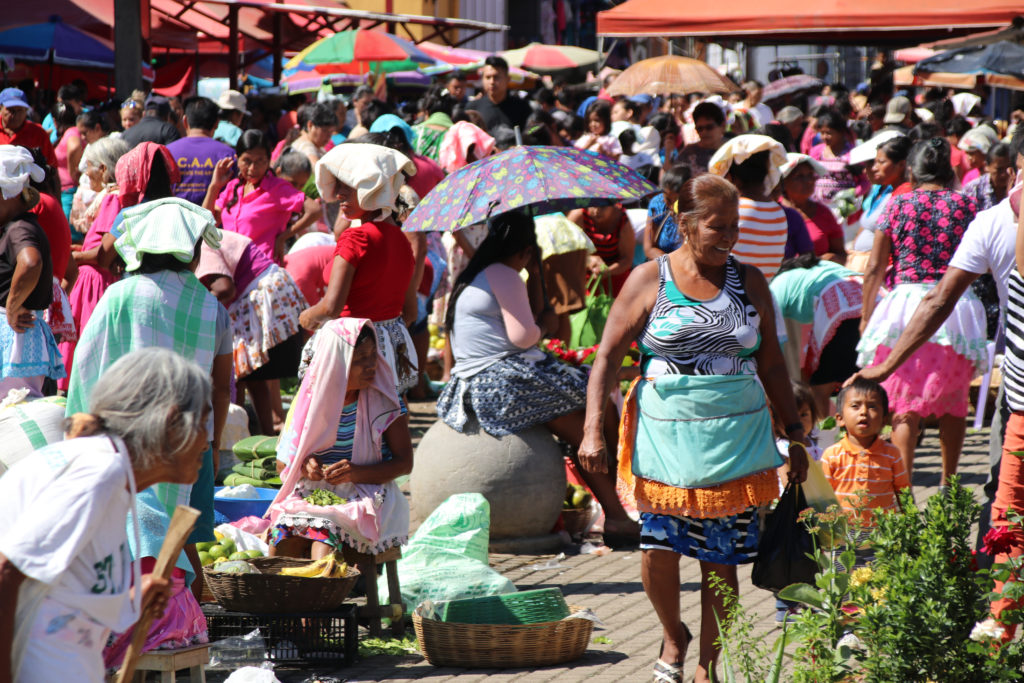Abundant in rivers, lakes and tropical farmland, El Salvador’s natural beauty traverses a vast central plateau bordered by Pacific coastal plains to the south and rugged mountains to the north. For centuries, several Mesoamerican nations called this land home, including the Lenca, Olmec, Maya and Pipil/Cutcatlec.
High unemployment rates, rising inflation, organized crime and a soaring birthrate leave many Salvadorans to live in abject poverty.
However, this smallest and most densely populated Central American nation is particularly susceptible to natural disasters such as earthquakes and volcanic eruptions and has been plagued by chronic political and economic instability for more than a century. High unemployment rates, rising inflation, organized crime and a soaring birthrate leave many Salvadorans to live in abject poverty.
Facts about El Salvador
- The capital of El Salvador is San Salvador
- El Salvador is known as the Land of Volcanoes
- Coffee, sugar, corn, rice, shrimp and beef are the main agricultural products in El Salvador
- The official language is Spanish. Indigenous languages spoken in El Salvador are called Nawat and Pipil
- El Salvador has the third-largest economy in Central America behind Costa Rica and Panama
Facts about poverty in El Salvador
- 25% of children under the age of 5 live in extreme poverty in El Salvador
- 36% of the rural population lives in poverty
- Although 96% of children are in school, the quality of education in the country is poor
- Almost 20 percent of males and 25 percent of females aged 15 or above cannot read or write
- El Salvador has one of the highest rates of crime and murder in the world and gang violence and extortion disturbs the economy leading to widespread poverty
Where we work
In El Salvador, we work with three affiliated sites, Escuela Santa Luisa in Sonsonate, the Laboure School in San Salvador and the Marillac School in Santa Tecla.
Read more about our affiliated sites
A Blooming School in El Salvador
How you can help in El Salvador
You can help a child living in poverty in El Salvador in a few different ways. One way is through our child sponsorship program. Sponsorship provides an underprivileged child with basic and education-related necessities such as food, clothing, healthcare, school supplies and school tuition payments.
This vital support allows impoverished, vulnerable children to develop to their full potential — physically, emotionally and socially. Sponsors positively impact the lives of the children they sponsor through the knowledge that someone cares about their wellbeing. This gives children in need hope, which is powerful.
Sponsorship provides an underprivileged child with basic and education-related necessities such as food, clothing, healthcare, school supplies and school tuition payments.
Our policy has always been to consider the needs of each sponsored child on an individual basis. We work closely with our volunteer coordinators at our project sites in El Salvador, who are familiar with each individual circumstance and the needs of every child in their care. Sponsorship donations are sent to our projects — orphanages, homes, community centers and schools — at the beginning of each month in the form of subsidy stipends. Our on-site volunteer coordinators use those funds to purchase items for children in our program, to ensure that they have what they need to do their very best and succeed in school.
You can also help children in El Salvador by donating to one of our special funds. Our special funds offer a variety of giving options for sponsors who wish to further their support, as well as for donors who wish to make a difference without making a commitment. In the past, thanks to donations to our Hope In Action Fund and our International Feeding Program, we have been able to further support our projects in El Salvador beyond sponsorship.
***


